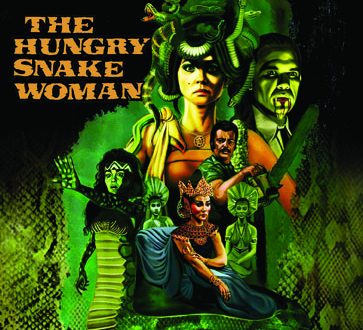Bloody Disgusting’s Pearl review is spoiler-free.
Writer/Director Ti West nestled his ode to independent, exploitation filmmaking into ‘70s set slasher X. For its prequel, West rewinds the clock much further to pay tribute to the Golden Age of Hollywood. Mia Goth reprises her role as the repressed killer Pearl, this time exploring a much different, younger side. Pearl makes for a vastly different viewing experience thanks to its drastic shifts in style, tone, and cinematic influences, but with enough connective tissue to enrich its predecessor.
Set in 1918, Pearl longs to get away from her family’s farm. Her husband is away at war. She lives with her strict German mother (Tandi Wright) and is forced to care for her sickly father (Matthew Sunderland). Pearl is a dreamer, though; she spends her time shirking responsibilities, sneaking off to the movies, or dancing around the barn and at home. After she bumps into the theater’s Projectionist (David Corenswet), her dreams go into overdrive. But something’s very wrong with Pearl. She’s volatile and has a tendency to inflict harm on others. Her killer instincts emerge whenever someone threatens to get in the way of her dreams.
West, who co-wrote Pearl with Goth, painstakingly injects plenty of connective tissue between films to further flesh out and reward revisits of X. There are the more apparent callbacks, like Pearl’s penchant for feeding alligators, and then plenty of subtle ones, like the inclusion of a wheelchair or her bicycle. “Oui Oui Marie” even makes a sly return. But if you expected the prequel to further flesh out the deranged yet loving relationship between Pearl and Howard, this is Pearl’s story.

PEARL
More specifically, this is Goth’s movie. If X was a showcase for Goth’s talents as she pulled double duty, Pearl doubles down on her talents in a different way. This iteration of the character is a naïve dreamer coming to terms with who she is and the ugly parts she’s buried. This is a budding serial killer who unsettles others when she’s not trying to mask those terrifying parts of herself. It gives Goth much to work with, from girlish whimsy to unhinged shrieking fits. Goth most impresses in an insanely lengthy, confessional monologue that goes through a wide range of emotions.
West’s tribute to this bygone era of filmmaking yields a gorgeous technicolor nightmare. Vibrant skies and painted backdrops to elaborate dance numbers, all set to a sweeping score, contrast the more flashy and macabre horror moments. It’s Pearl’s dreams rotting inside out, made tangible in film. It heightens the drama and revels in the surreal; there’s a warped sense of humor to it all.
West and Goth play by their rules here, stylistically and narratively. West uses his cinematic influences to create something unique and audacious, and Goth cuts loose with an unrestrained performance. That it’s so different from X and its slasher framework means it’s much slower to come together. It’s less about the body count, though there are plenty of bloody, violent deaths, and more about a slow unraveling of a mind that was a bit broken from the start. That has the potential to polarize, but it’s a technical marvel and an absolutely wild ride all the same.
Pearl releases in theaters on September 16.


























































![Mason Ramsey – Twang [Official Music Video] Mason Ramsey – Twang [Official Music Video]](https://i.ytimg.com/vi/xwe8F_AhLY0/maxresdefault.jpg)






















